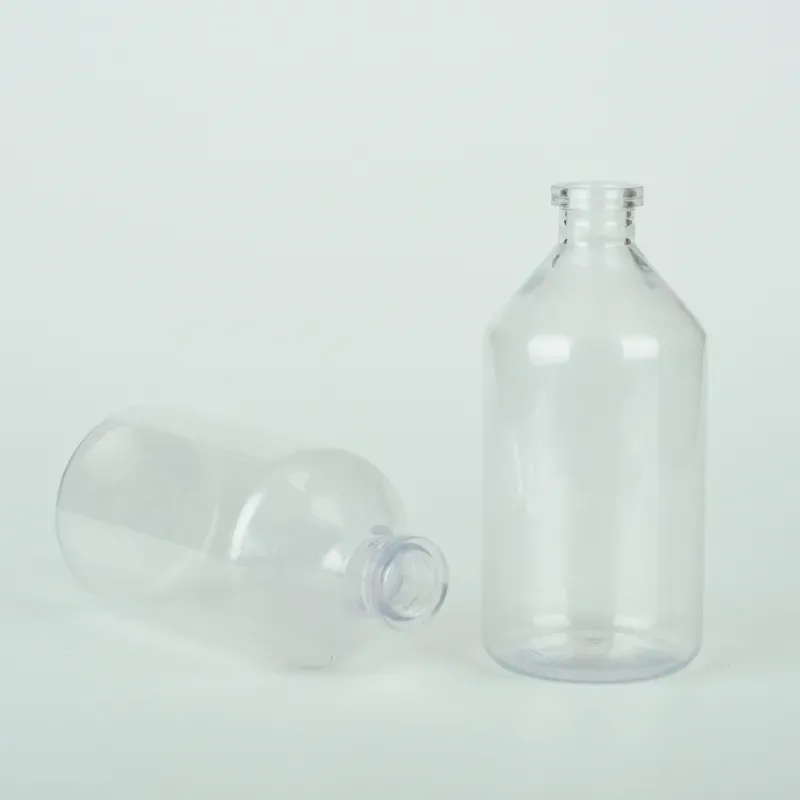
-
 Afrikaans
Afrikaans -
 Albanian
Albanian -
 Amharic
Amharic -
 Arabic
Arabic -
 Armenian
Armenian -
 Azerbaijani
Azerbaijani -
 Basque
Basque -
 Belarusian
Belarusian -
 Bengali
Bengali -
 Bosnian
Bosnian -
 Bulgarian
Bulgarian -
 Catalan
Catalan -
 Cebuano
Cebuano -
 Corsican
Corsican -
 Croatian
Croatian -
 Czech
Czech -
 Danish
Danish -
 Dutch
Dutch -
 English
English -
 Esperanto
Esperanto -
 Estonian
Estonian -
 Finnish
Finnish -
 French
French -
 Frisian
Frisian -
 Galician
Galician -
 Georgian
Georgian -
 German
German -
 Greek
Greek -
 Gujarati
Gujarati -
 Haitian Creole
Haitian Creole -
 hausa
hausa -
 hawaiian
hawaiian -
 Hebrew
Hebrew -
 Hindi
Hindi -
 Miao
Miao -
 Hungarian
Hungarian -
 Icelandic
Icelandic -
 igbo
igbo -
 Indonesian
Indonesian -
 irish
irish -
 Italian
Italian -
 Japanese
Japanese -
 Javanese
Javanese -
 Kannada
Kannada -
 kazakh
kazakh -
 Khmer
Khmer -
 Rwandese
Rwandese -
 Korean
Korean -
 Kurdish
Kurdish -
 Kyrgyz
Kyrgyz -
 Lao
Lao -
 Latin
Latin -
 Latvian
Latvian -
 Lithuanian
Lithuanian -
 Luxembourgish
Luxembourgish -
 Macedonian
Macedonian -
 Malgashi
Malgashi -
 Malay
Malay -
 Malayalam
Malayalam -
 Maltese
Maltese -
 Maori
Maori -
 Marathi
Marathi -
 Mongolian
Mongolian -
 Myanmar
Myanmar -
 Nepali
Nepali -
 Norwegian
Norwegian -
 Norwegian
Norwegian -
 Occitan
Occitan -
 Pashto
Pashto -
 Persian
Persian -
 Polish
Polish -
 Portuguese
Portuguese -
 Punjabi
Punjabi -
 Romanian
Romanian -
 Russian
Russian -
 Samoan
Samoan -
 Scottish Gaelic
Scottish Gaelic -
 Serbian
Serbian -
 Sesotho
Sesotho -
 Shona
Shona -
 Sindhi
Sindhi -
 Sinhala
Sinhala -
 Slovak
Slovak -
 Slovenian
Slovenian -
 Somali
Somali -
 Spanish
Spanish -
 Sundanese
Sundanese -
 Swahili
Swahili -
 Swedish
Swedish -
 Tagalog
Tagalog -
 Tajik
Tajik -
 Tamil
Tamil -
 Tatar
Tatar -
 Telugu
Telugu -
 Thai
Thai -
 Turkish
Turkish -
 Turkmen
Turkmen -
 Ukrainian
Ukrainian -
 Urdu
Urdu -
 Uighur
Uighur -
 Uzbek
Uzbek -
 Vietnamese
Vietnamese -
 Welsh
Welsh -
 Bantu
Bantu -
 Yiddish
Yiddish -
 Yoruba
Yoruba -
 Zulu
Zulu
centrifuge tube uses in laboratory
Centrifuge tubes are indispensable tools in laboratory settings, primarily used for separating components of a mixture based on density differences. They are commonly made from materials such as polypropylene or polycarbonate, which allow for a high degree of clarity and chemical resistance. The versatility and efficacy of centrifuge tubes make them vital in various fields including biology, chemistry, and medical research.
One of the primary uses of centrifuge tubes is in the preparation of biological samples. For instance, in molecular biology, researchers often use centrifuge tubes to isolate DNA, RNA, or proteins from cells or tissues. The process typically involves lysing the cells, which releases cellular components into solution. By placing the lysate in a centrifuge tube and spinning it at high speeds, denser components such as cell debris precipitate at the bottom, while lighter components remain in the supernatant. This separation is crucial for further analysis or experimentation.
.
In addition to biological applications, centrifuge tubes have industrial uses, particularly in the chemical and pharmaceutical industries. They play a vital role in the formulation of products where component separation is necessary, such as in the creation of emulsions or suspensions. For instance, when developing a new pharmaceutical compound, researchers may need to separate various ingredients to ensure that they behave as expected in a final formulation. The ability to analyze components separately ensures that the quality and efficacy of the product are maintained.
centrifuge tube uses in laboratory

Moreover, centrifuge tubes are designed to be compatible with various centrifugation techniques, including microcentrifugation, ultracentrifugation, and general-purpose centrifugation. This compatibility makes them an excellent choice for laboratories focused on a wide range of research areas. Many tubes come with features such as graduated markings for easy measurement, screw caps for secure sealing, and specialized filters for certain applications.
Safety and convenience are also paramount when using centrifuge tubes. The designs often account for leak-proof seals to prevent spills, and the materials are resistant to breaking, which minimizes hazards in the lab environment. Additionally, the transparent nature of many centrifuge tubes allows researchers to visually assess the separation levels without having to open the tube, thereby reducing contamination risks.
In conclusion, centrifuge tubes are essential instruments in laboratories across various disciplines. Their ability to efficiently separate components based on density, their compatibility with multiple centrifugation methods, and their robust safety features make them vital for researchers working with biological, chemical, and industrial applications. As scientific research continues to advance, the importance and utility of centrifuge tubes in laboratories will undoubtedly grow.
-
Premium Metal Dropper Bottle for Precise Dispensing 250ml & 1ml Options AvailableNewsJul.04,2025
-
20 ml Headspace Vials - High Quality Polyethylene & Plastic Vials for Lab UseNewsJul.04,2025
-
Small Bottle with Pipette - Precise Dispensing 100ml Pipette Bottles for Essential Oils & Lab UseNewsJun.24,2025
-
Acetic Anhydride Bottle for Accurate Dropper Measurement in Pharmacy Use High-Quality Dropper BottlesNewsJun.10,2025
-
Innovative PET Bottle Design for Juice – Unique Shapes & Customization OptionsNewsJun.10,2025
-
20 Pack Sterilized Petri Dishes – Assorted Sizes, High Quality Small Plastic Petri Dishes for Lab UseNewsJun.10,2025






















